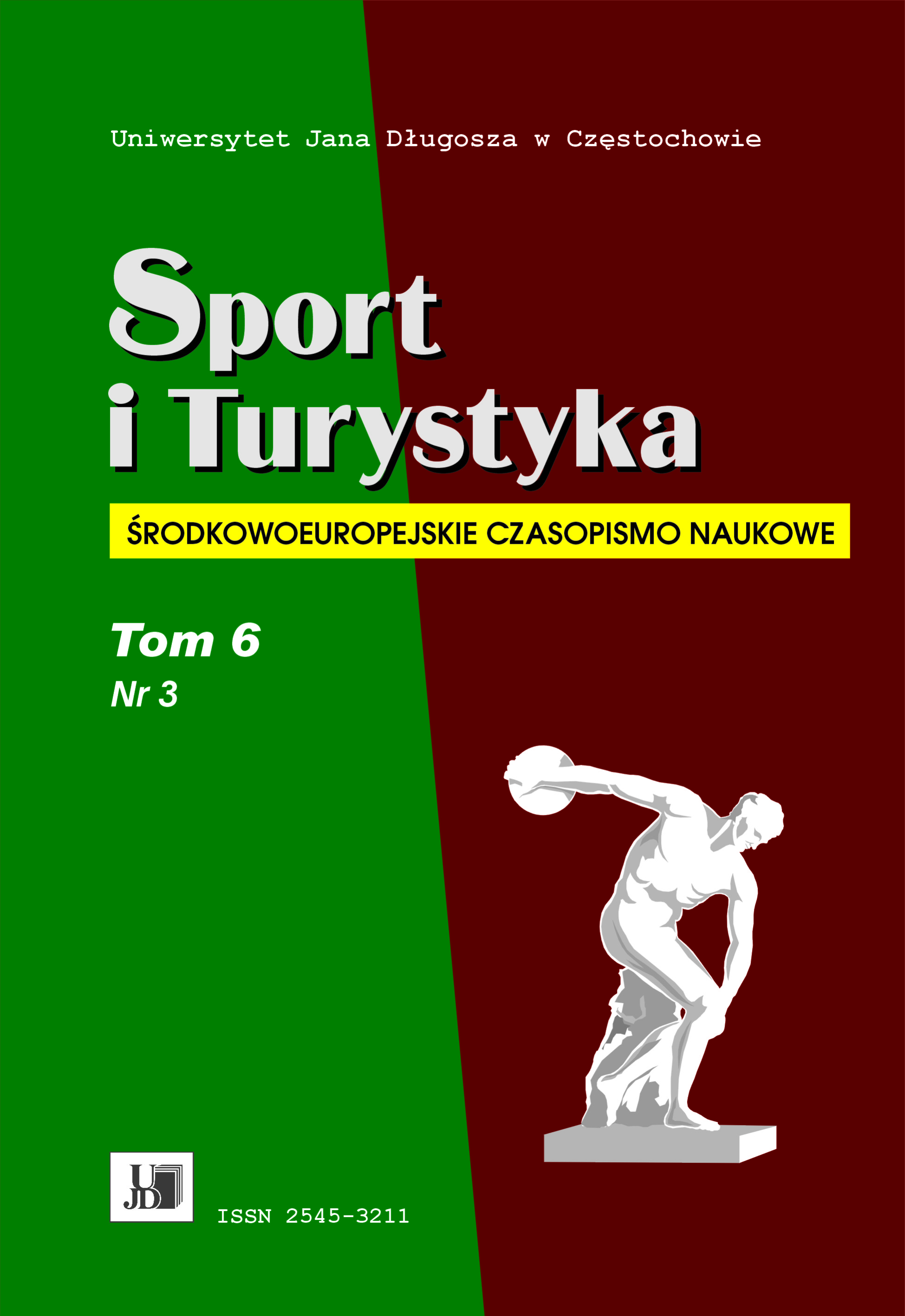Systematic Review of EMG-Driven Robots in Lower Extremity Post-Stroke Rehabilitation
Systematic Review of EMG-Driven Robots in Lower Extremity Post-Stroke Rehabilitation
Author(s): Lea FRENTZ, Amélie GRAN, Clement LECLERCQ, William GALLOU, Ines JEROME, Aleksandra KIPERSubject(s): Health and medicine and law, Welfare services
Published by: Uniwersytet Jana Długosza w Częstochowie
Keywords: Stroke; Hemiparesis; EMG-triggered; robot intervention; gait rehabilitation;
Summary/Abstract: Stroke is a prevalent health issue worldwide, often leading to lower extremity deficits and pos- ing a significant challenge for physiotherapists in terms of gait rehabilitation. With the advent of technological advancements, new rehabilitation tools like EMG-driven robots have been devel- oped. However, their effectiveness in rehabilitation needs to be explored due to their high cost. Therefore, this study aimed to determine whether EMG-driven robot therapy was more effective than conventional physiotherapy for gait rehabilitation in stroke patients. The researchers con- ducted a literature search using the PubMed, Cochrane, and PEDro databases and included only randomized controlled trials (RCTs) focused on stroke patients with gait impairment, assessed us- ing clinical functional scales. The treatment compared EMG-driven robot therapy for the lower extremities with conventional therapy. The analysis included three studies, which showed no sig- nificant improvement in locomotion, functional outcomes, or balance parameters with EMG- -driven robots alone. However, when combined with conventional physiotherapy, EMG-driven ro- bots demonstrated improvement in these outcomes. Positive effects were observed for spasticity and thigh circumference. In conclusion, EMG-driven robots can be an effective way to improve gait rehabilitation in stroke patients; however, further research with a specific protocol and ex- planation of the adaptation to each patient is needed.
Journal: Sport i Turystyka
- Issue Year: 6/2023
- Issue No: 3
- Page Range: 119-131
- Page Count: 13
- Language: Estonian

